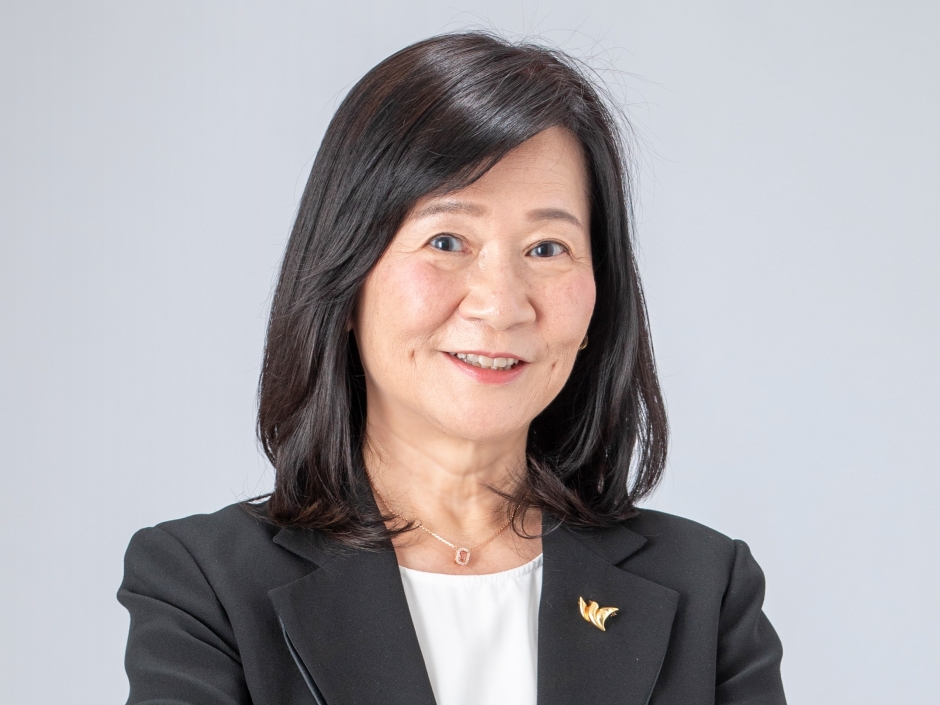- ニュース
- 第92回アジア太平洋研究センター(WIAPS)研究会 (10/14)
第92回アジア太平洋研究センター(WIAPS)研究会 (10/14)

Dates
カレンダーに追加1014
MON 2024- Place
- Zoom ウェビナー
- Time
- 12:25-13:00
- Posted
- 2024年10月3日(木)
開催日時
2024年10月14日(月)12:25-13:00
場所
ZOOMウェビナー
参加資格
WIAPS専任教員・助教, GSAPS兼担教員, WIAPS受入の交換研究員・訪問学者・外国人研究員, GSAPS修士課程・博士後期課程在学生
報告1
報告者
植木(川勝)千可子(早稲田大学アジア太平洋研究科 教授)
報告テーマ
Changing Perceptions of a “China Threat” in the U.S. and Its Asian Allies
要旨
The United States and Japan identified China as its primary threat in their respective National Security Strategy in 2017 and 2022. Australia and South Korea also see China increasingly as their security threat. It seems they are reacting to the same China threat. However, they have come to view China as a threat via quite different paths.
Perceptions of a China threat emerged at different times among the allies, and the nature of the perceived threat was different. Why did the United States fear China’s rise as a global peer competitor more than did the weaker powers that are geographically closer to China? And why did the United States and Japan identify China as the main security threat in their national security strategies in the late-2010s? In other words: What factors shape threat perception?
The talk will trace security elites’ perceptions towards China in the United States, Japan, Australia and ROK in the last 30 years and explain why the China threat they see differs in content, intensity, and in the timing, they began to see China as a threat. It will also explain what accounts for the seeming convergence of threat perceptions in recent years.
